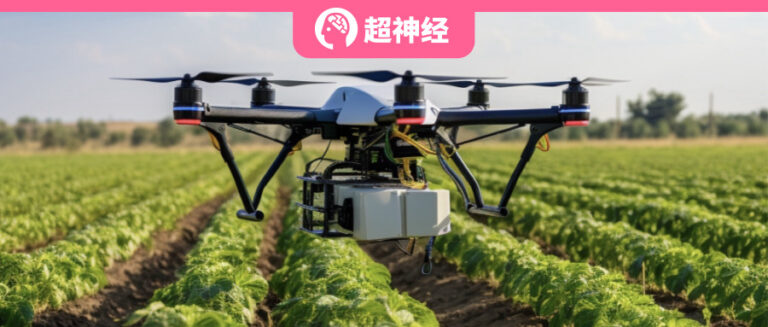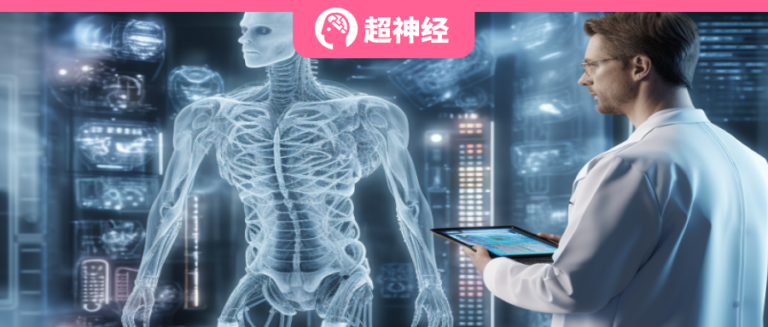In response to the high energy consumption of buildings, researchers proposed a new dynamic engineered multimodal feature learning (DEMMFL) model for long-term accurate prediction of building cooling loads, thereby achieving energy conservation goals. The model was applied to the building energy consumption of two office buildings in Hong Kong, and achieved good prediction accuracy and error performance. In the future, AI technology will be closely integrated with urban planning and management to create an efficient, sustainable and inclusive urban future.

HyperAI's new column is here~ Every Monday, the HyperAI editorial department will select the content (data sets, AI4S paper cases, encyclopedia entries) updated on the hyper.ai official website last week and publish them here. Welcome to visit hyper.ai directly to view all the content!

In recent years, with the increasing popularity of clean energy, solid-state batteries have received more widespread attention. Among them, proton conductive solid oxide batteries (P-SOC) have the advantages of low temperature operation and low ion conduction activation energy, and are gradually becoming known to people. However, a major obstacle to the development of high-performance P-SOC is the lack of efficient proton conductive air electrodes.
In response to this, researchers from Guangzhou University established a machine learning model based on the extreme gradient boosting (XGBoost) algorithm, which can be used for the screening of P-SOC air electrodes, and successfully screened out a high-efficiency air electrode material LCN91, whose activation energy is comparable to that of well-known air electrodes. This article is an interpretation and sharing of the experimental process →

Recently, Google DeepMind's Alpha series has added a new member - AlphaGeometry, which is still very popular, with praises such as "milestone", "epic", and "close to humans" overflowing the screen. So, how much gold is this AI system that claims to have gold medal-level mathematical ability?
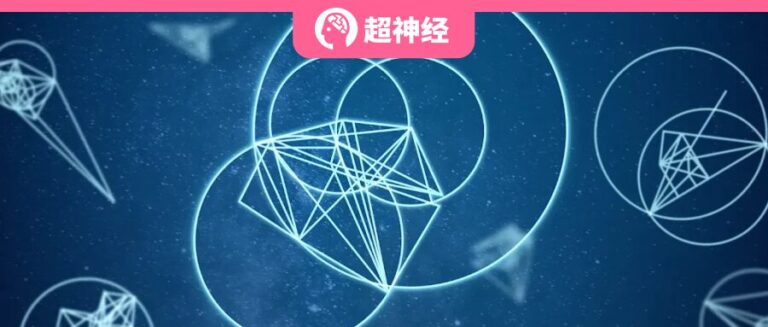
The research team of Zhejiang University and Zhijiang Laboratory proposed a 3D molecular generation model based on protein pockets - ResGen, which can quickly generate drug-like molecules with lower binding energy and higher diversity. Compared with previous technologies, ResGen is 8 times faster and has been successfully applied to multiple links in drug design. The model adopts a parallel multi-scale modeling strategy to better consider the geometry of protein pockets and achieve higher computational efficiency. ResGen outperforms the existing most advanced models in multiple evaluation indicators, including binding energy, drug-like properties, etc. In real drug design scenarios, the molecules generated by ResGen have similar binding affinities to experimentally active molecules.

Luo Xiaozhou's team from the Shenzhen Institute of Advanced Technology, Chinese Academy of Sciences, proposed a framework for predicting enzyme kinetic parameters (UniKP) to achieve the prediction of a variety of different enzyme kinetic parameters.
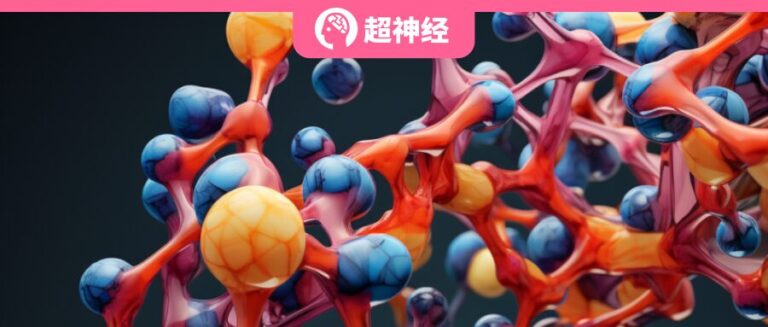
New achievements, new trends, and new perspectives of AI for Science - * AI pharmaceutical company spun off from DeepMind reaches first pharmaceutical cooperation worth $3 billion * Microsoft helps researchers discover 32 million new battery materials * TikTok is rumored to be in the United States […]
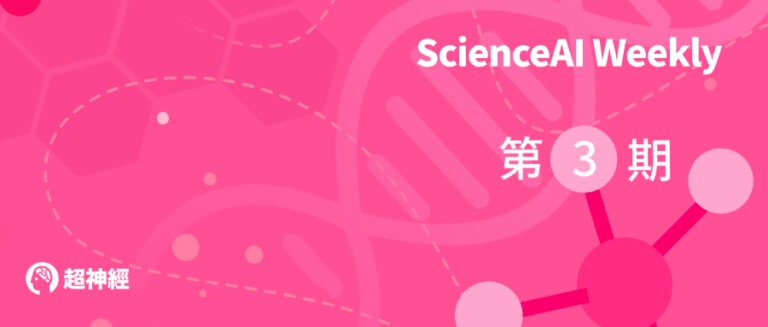
How does OpenAI's new "cash cow" make money? The launch of GPT Store has received great attention from users and the media. The media want to explore the deep meaning behind OpenAI's move, and some even directly compare it to Apple's App Store. Perhaps, simply comparing the App Store to guess OpenAI's intention is not accurate and comprehensive enough, so the HyperAI super neural editorial team started a bold brainstorming, hoping to catch clues in the GPT Store, which is "like fog, rain and wind".

Cities not only carry people's eager expectations for a peaceful and happy life, but are also an important foundation for supporting various economic activities. From the agricultural age to the industrial age, and then to today's digital age, people have never stopped improving the comfort and safety of cities. In this process, the importance of urban planning has become increasingly prominent.
The research team of Tsinghua University proposed a reinforcement learning model and method for urban community spatial planning, and realized an urban planning process in which human planners collaborate with artificial intelligence algorithms, providing a new idea for the automated planning of smart cities.

In 1928, the discovery of penicillin gave humans a powerful weapon to defeat pathogenic bacteria for the first time. However, the widespread use of antibiotics has also brought about a huge crisis - antibiotic resistance. The misuse of antibiotics has led to the emergence of certain "super bacteria", which has become an important clinical cause of disease in the 21st century. To solve this problem, it is urgent to develop new antibiotics.
Researchers from MIT developed a deep learning method to discover antibiotics, using the graph neural network Chemprop to identify potential antibiotics from a large chemical library and discovered a new class of antibiotics. This article is an interpretation and sharing of the experimental process →
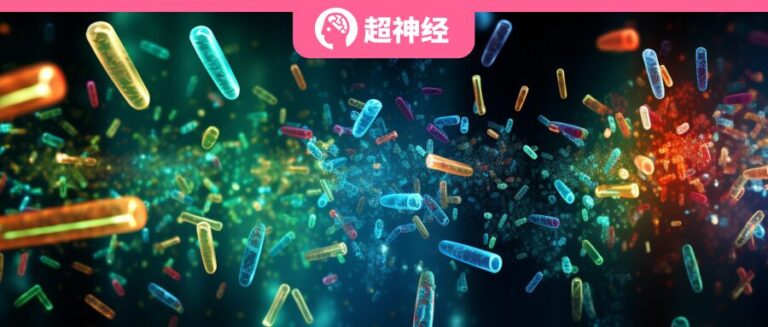
Author: Li Baozhu Editor: Li Weidong, xixi, The occurrence of the Sanyang earthquake involves many variables, and "prediction" is challenging, but the prediction of the number and intensity of aftershocks has made significant progress. At 23:59 on December 18, 2023, a 6.2 earthquake occurred in Jishishan County, Linxia Prefecture, Gansu Province. […]

Extreme ultraviolet radiation (EUV) not only affects the atmospheric drag of low-Earth orbit satellites, but also poses a threat to human health. Excessive exposure to EUV radiation can lead to vision loss, sunburn, and even serious diseases such as skin cancer. Predicting EUV is inseparable from a complete solar image, but reconstructing the three-dimensional geometric structure of the sun is quite challenging.
In response to this, Benoit Tremblay, a solar physicist at the National Center for Atmospheric Research in Colorado, and his colleagues used the NeRFs neural network to convert a two-dimensional image of the sun into a three-dimensional reconstructed image, revealing the sun's poles for the first time. This article is an interpretation and sharing of the research →

Years pass, and the chapters are renewed. In the past 2023, AI for Science has brought too many surprises and planted the seeds of more imagination. Since 2020, scientific research projects represented by AlphaFold […]
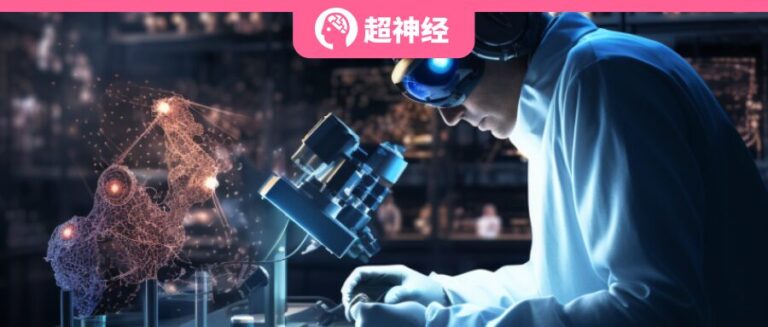
Author: Sanyang, Li Baozhu, Li Weidong, Yudi, xixi Editor: Li Baozhu In the era of big models, machine learning systems are undergoing unprecedented changes. The rapid expansion of model size has allowed us to witness the tremendous improvement of AI capabilities. However, this improvement has not only brought new opportunities to various fields, but also brought new opportunities to various fields.

Download the Report: A Summary of Domestic Open Source Big Model Cases and Development Trend Outlook
Author: xixi Editor: Li Baozhu, Sanyang On December 21, 2023, the "Compilation of Trusted Open Source Large Model Case Studies (First Issue)" co-authored by HyperAI was officially launched at the 2024 China Academy of Information and Communications Technology ICT In-depth Observation Report Conference "Open Source and Software Supply Chain Forum" […]
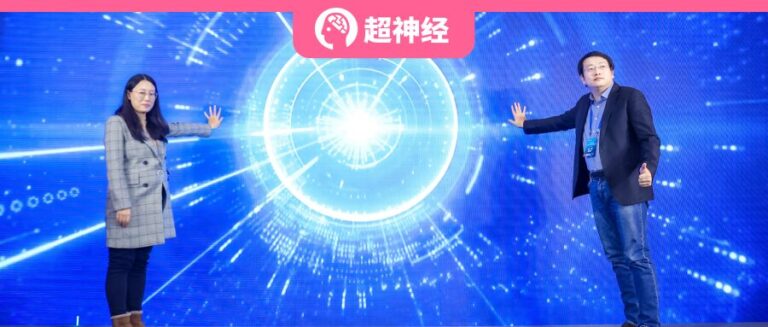
The following article is from OpenBayes Bayesian Computing, author Xiaobei OpenBayes Bayesian Computing. OpenBayes Bayesian Computing is a leading high-performance computing service provider in China. By grafting classic software ecosystems and machine learning models for the new generation of heterogeneous chips, it provides services to industrial enterprises and universities […]

A sneak peek at AI for Science’s new achievements, new developments, and new perspectives: * DeepMind’s latest FunSearch research appears in Nature * Google launches MedLM, a healthcare industry model * Jingtai Technology strives to be listed on the Hong Kong Stock Exchange, empowering AI+robots[…]
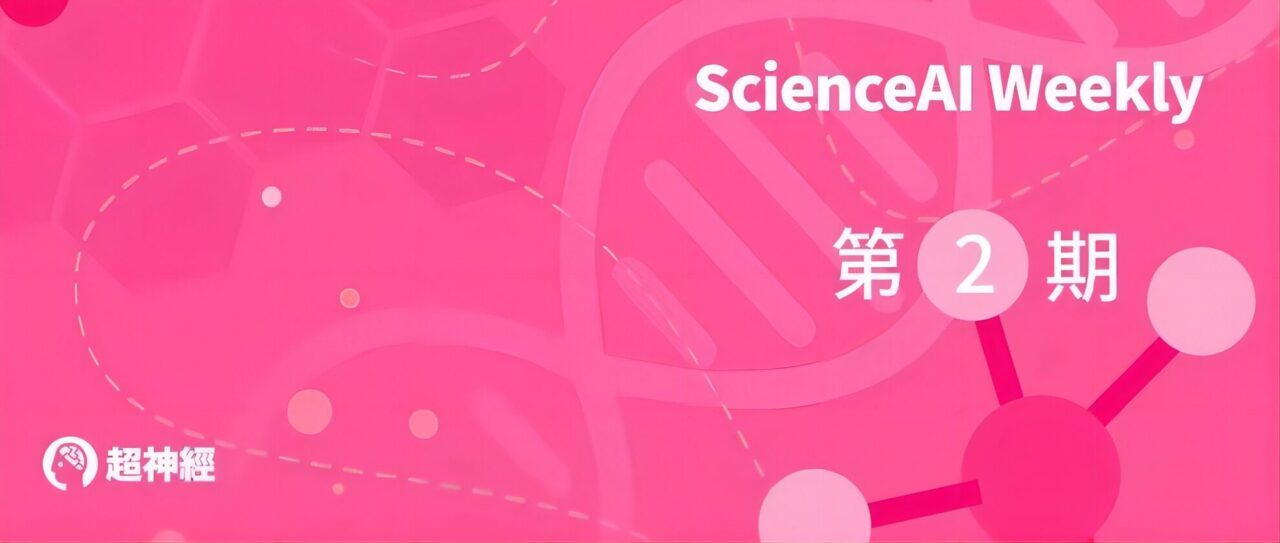
Author: xixi Editor: Sanyang, Li Baozhu 2023 Meet TVM · The year-end party was successfully concluded in Shanghai on December 16. This meetup not only invited 4 AI compiler experts to bring wonderful sharing to everyone, but also added a roundtable […]

Author: Binbin Editor: Li Baozhu, Sanyang Tsinghua University research team proposed a framework for communication games, demonstrating the ability of large language models to learn from experience, and also found that large language models have non-pre-programmed strategic behaviors such as trust, confrontation, disguise, and leadership. In recent years, AI has been used to play games such as Werewolf and Poker. […]
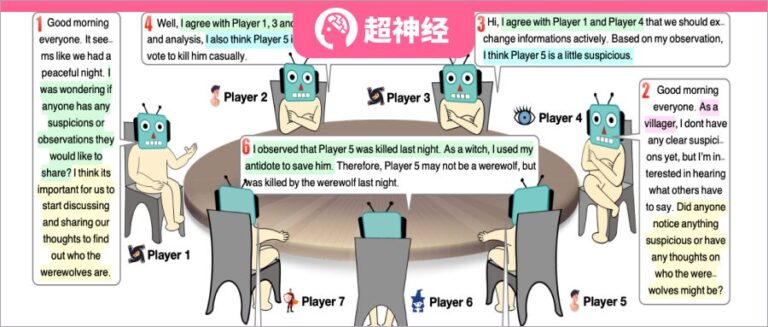
Explosive AI applications: risks and opportunities coexist In the fields of space and environmental science, AI tools are increasingly being used in a wide range of fields, such as weather forecasting and climate simulation, energy and water resource management, etc. It can be said that we are experiencing an unprecedented explosion of AI applications. Facing the opportunities and risks, we need to think more carefully.
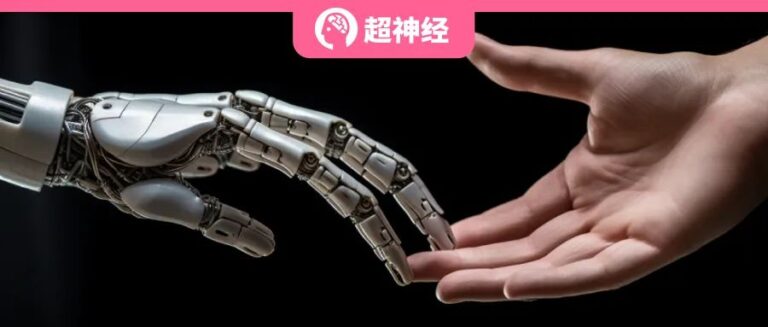
Scientists from DeepMind and EleutherAI have proposed that large models are just role-playing. After ChatGPT became popular, large language models have become the darling of the industry and capital. In the conversations between people, whether they are curious or exploratory, the large language models have shown that […]

With a dataset of 3 million images and 15,000 zebrafish embryos, systems biologist Patrick Müller successfully implemented AI-based embryo recognition. Author: Jialing Editor: Sanyang During animal development, embryos undergo complex morphological changes over time. Researchers hope to […]

"ScienceAI Weekly" is a new bimonthly column created by HyperAI. It mainly collects and presents the latest developments in the field of ScienceAI from four dimensions: scientific research results, corporate dynamics, tool resources, and recent activities, in order to provide a reference for those who have been paying attention to this field for a long time. […]
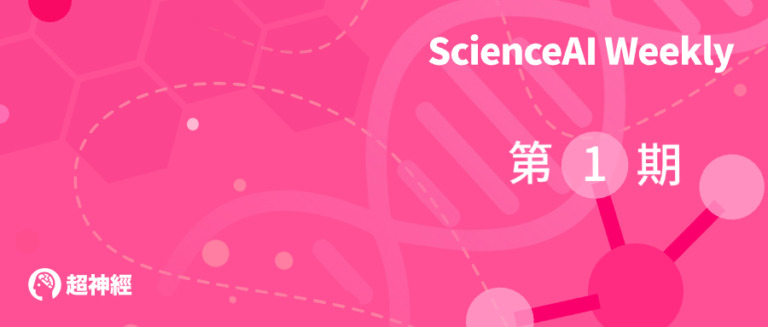
Content at a glance: Understanding global crystal symmetry and analyzing equivariant information are crucial for predicting material properties, but existing convolutional network-based algorithms cannot fully meet these requirements. In response to this, Li Huashan and Wang Biao’s research group at Sun Yat-sen University developed a machine learning model called SEN that accurately perceives the intrinsic crystal symmetry.
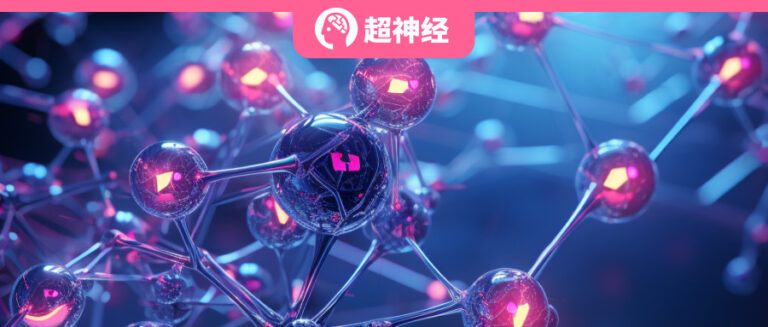
Apple's Machine Learning Research Center open sources MLX. Is it reinventing the wheel from scratch or reinventing the wheel?

Content at a glance: G protein-coupled receptors (GPCRs) are transmembrane proteins that transmit stimuli outside the cell membrane to the cell membrane and are widely involved in human physiological activities. Recently, researchers at the University of Florida determined the binding selectivity of GPCRs and G proteins and developed an algorithm to predict the selectivity of the two.

AI tool GNoME discovered 2.2 million new crystals, equivalent to 800 years of experimental output by human scientists, of which 380,000 new crystals can become stable materials for future high-tech. From computer chips, batteries to solar panels, they all rely on structurally stable inorganic crystals (inorganic crystals).

In March this year, the first offline event of the 2023 Meet TVM series started from Shanghai and spanned multiple cities, dedicated to providing a learning and communication platform for engineers from all over the world who are concerned about AI compilers. December 16 2023 Meet TVM · Year-end […]

Content at a glance: If the growth conditions of all crops in the field can be determined and predicted in a short period of time, the best harvest date can be set, the number of non-standard size crops can be reduced, and income losses can be minimized. In response to this, researchers from the University of Tokyo and Chiba University have proposed an AI + drone solution. Keywords: Agriculture […]
